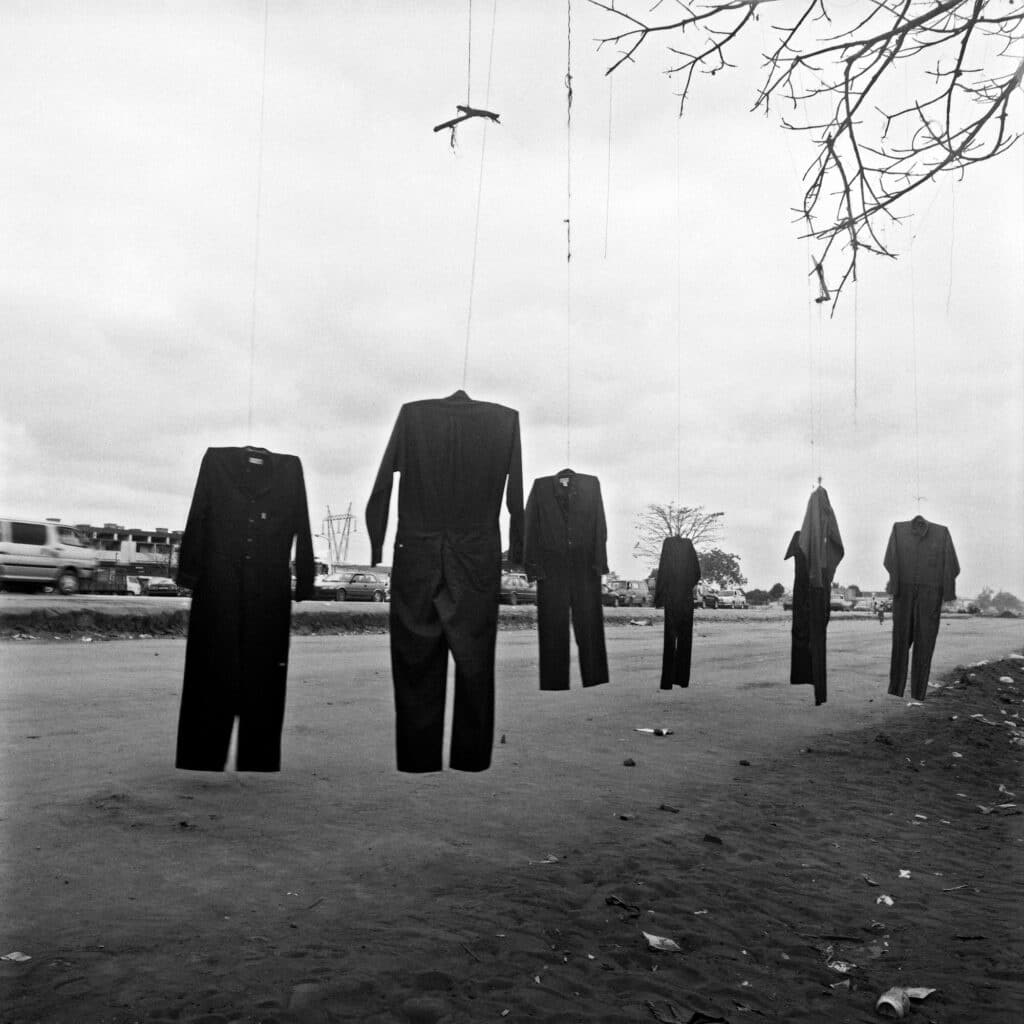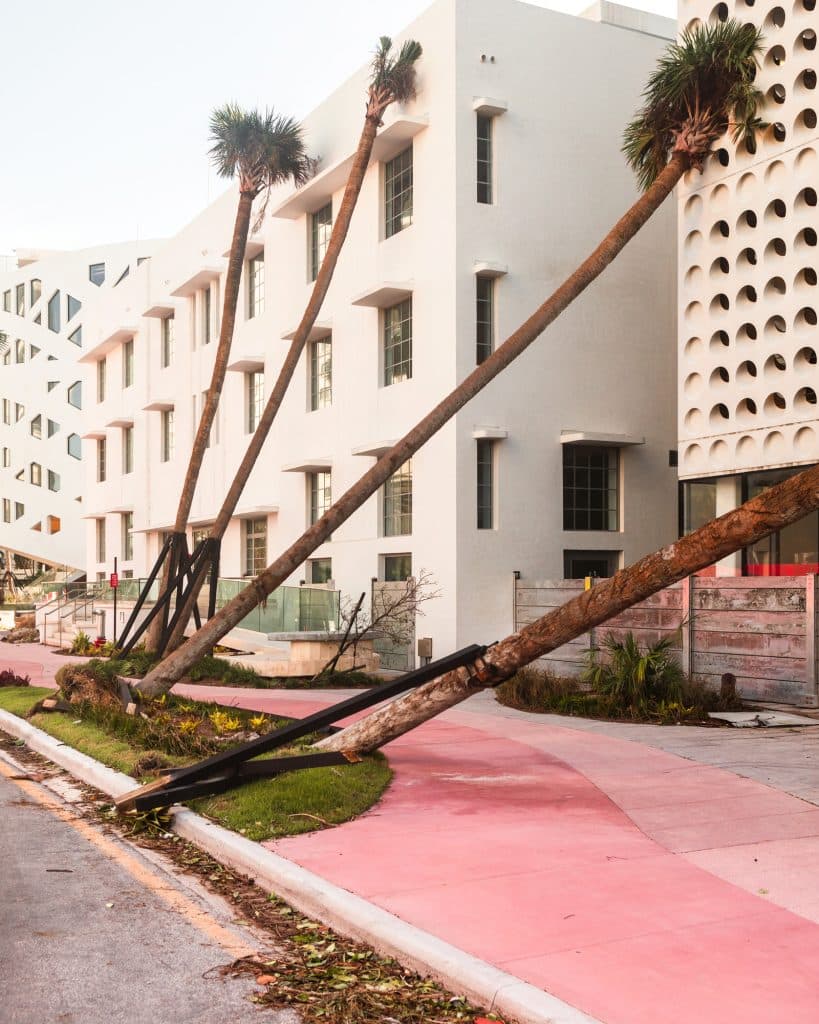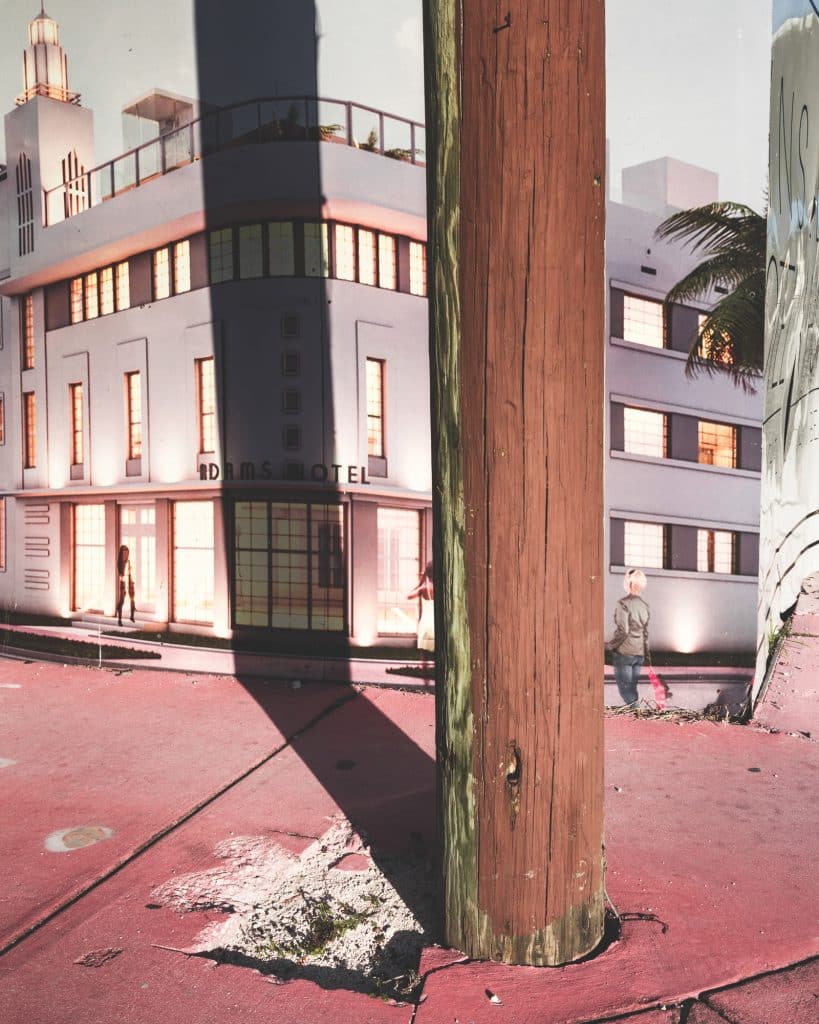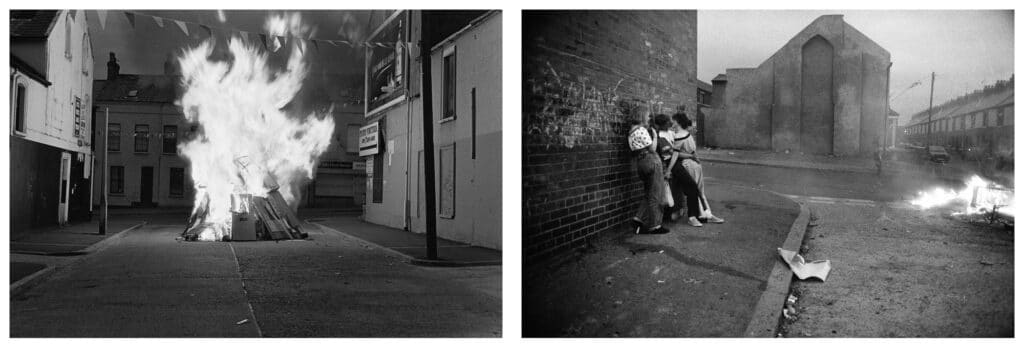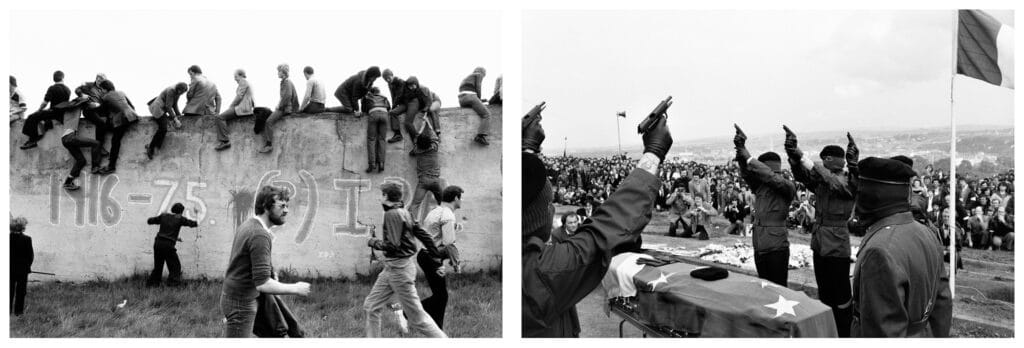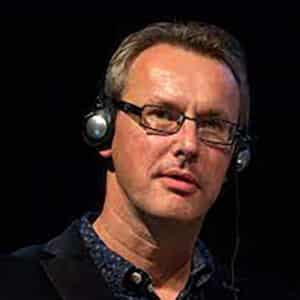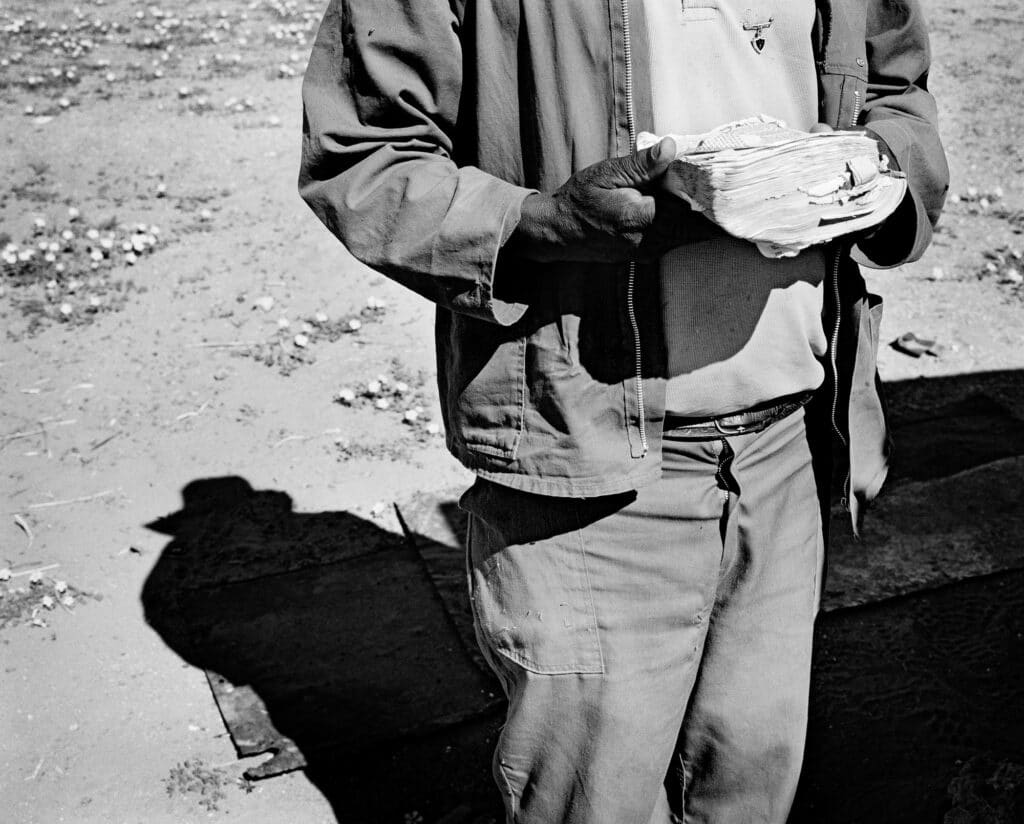
The Deutsche Börse Photography Foundation Prize is the UK’s biggest photography prize. It’s also the best. This year’s edition sees a diversity of work from Southern Africa, the United States, and Northern Ireland on display. Who will win it? You can have fun guessing from the exhibition on display at the Photographers’ Gallery in London.
Look down the list of past winners and nominees of the Deutsche Börse Prize and it reads like a who’s who of photographic practice; Gursky, Dijkstra, Teller, Graham, Meiselas, Bourouissa.
There are people who should have won it, people who think they should have won it, and people who would have won it in a different year. There are people like Matthieu Asselin whose installation on Monsanto/Bayer pointed out the cosy relationship photography prize sponsors have with the destruction of the planet by including a Deutsche Borse App showing the changing price of Monsanto and Bayer shares in real time. He should have got a special prize just for that, but he didn’t.
This year’s exhibition starts on the top floor with Anastasia Samoylova’s Floozone project, nominated for an exhibition of the same name in Moscow. This features a series of striking images of Florida in periods of flood displayed unmounted in white box-frames. These are the most lush images in the prize, a glory of pinks and green creating a Ballardian vision of a world beyond the brink of cataclysmic climate change. The state and its prime cities (Miami in these images) are shown, with the use of property images as artificial backdrops, almost fictional in nature, with the intrusion of the sea portrayed in a low-key manner through stains and washes and a gradual destruction. A key image is of an alligator behind a glass scratched screen floating listless in murky green water. There’s a barrier there, but it’s temporary. The alligator is biding his time.
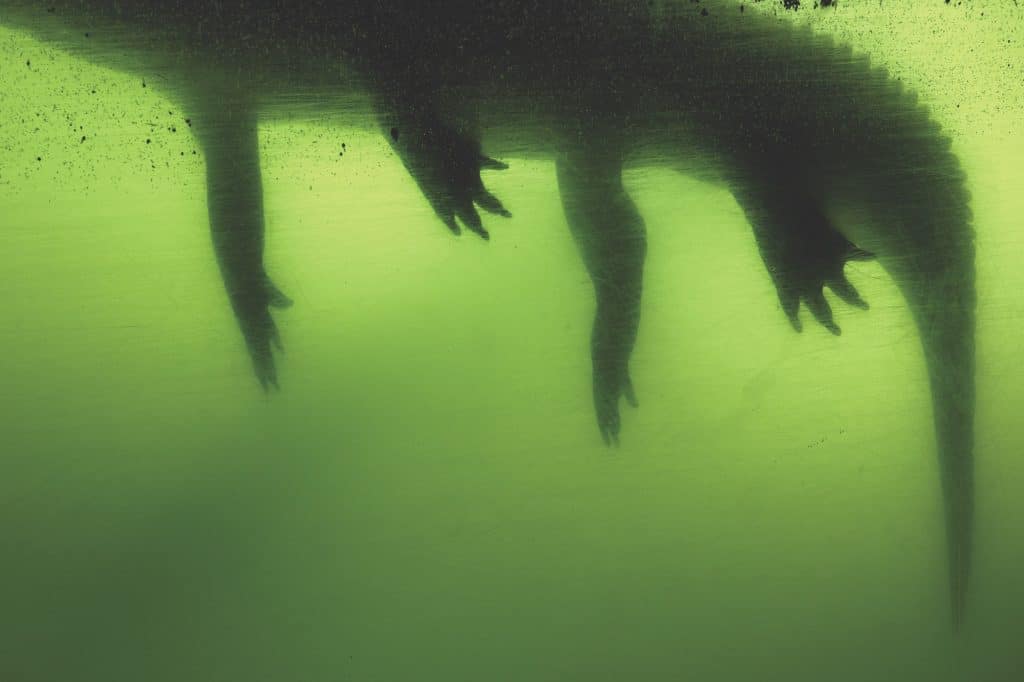
The next room features the work of Jo Ractliffe, nominated for her photobook, Photographs – 1980s – Now . Where Samoylova’s images are brash and exuberant, Ractliffe’s are quiet and meditative. Both however share a concern for the hidden elements of the landscape, the traces that betray a longer time. In Samoylova’s case, that time is metereological time, in Ratcliffe’s case it is political and economic and conflict time.
Ractliffe’s images are laid out with mattes in modestly sized frames that line the walls of the gallery. They feature scenes from South Africa, Namibia, and Angola and are close to what Ratcliffe calls a ‘register of nothing’ in that there is not much in the images, you have to sift through them for clues; a burial site, a crossroads, an abandoned asbestos factory.
The images look like they were made at the height of the day, and are printed with low contrast bleached-out tones. Visually, it’s a hostile zone that resonates with content that hints at the economic and political power structures that actively determine how this land is used and who can live upon it. There are pipelines, landmines, religious meetings, and land clearances and as soon as you delve beyond the veneer of that ‘register of nothing’ you enter a complex world of overlapping conflicts, ideologies, and economic interests. In that sense it is perhaps the most complex of the works on show.
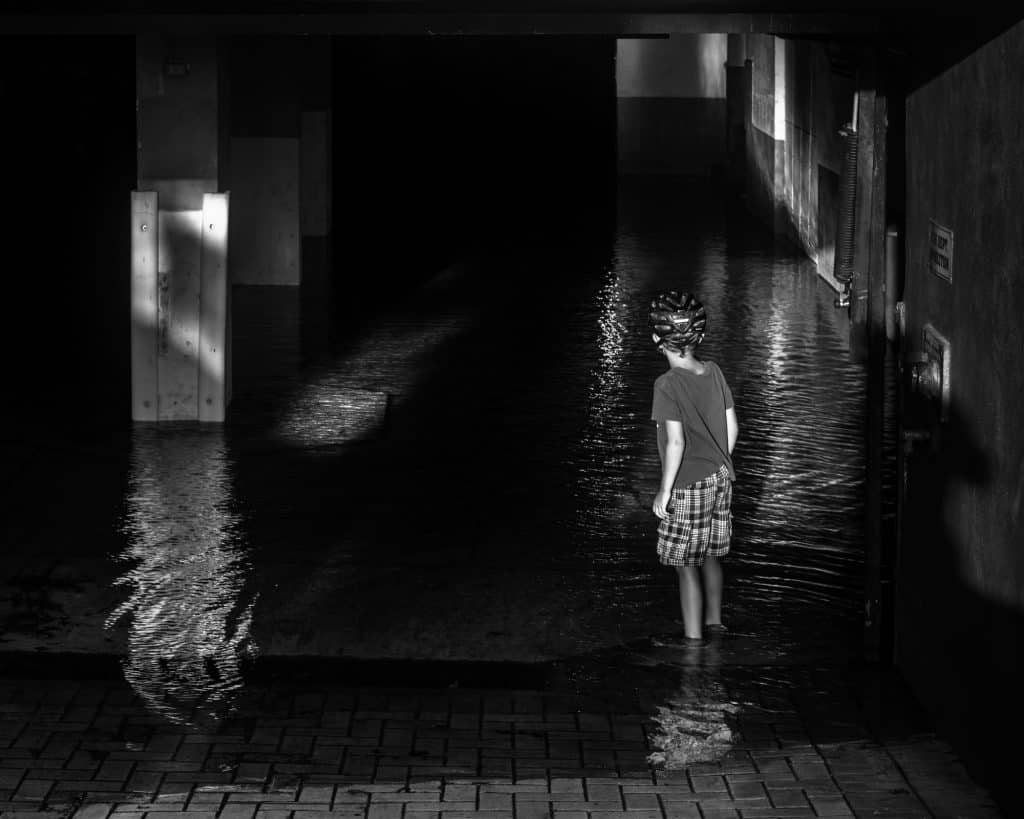
Competing for that idea of the most complex exhibition is Deanna Lawson’s nomination for her Centropy exhibition at Kunsthalle Basel. Enter the room and you see a series of huge portraits made in interiors and then you turn around and your attention is grabbed by Monetta Passing, a giant portrait of Monetta lying on a bed of purple satin. She lies back, eyes closed, skin somewhat waxen, as to her side a man sits in a black short-sleeved shirt, silver rings on both index fingers, silver bracelets on both wrists. He looks exhausted. It’s an incredible image displayed in a mirrored frame that resonates with the wealth of interior detail in the image.
There are pictures of pregnant women, a child dressed for a festival or carnival as an elderly woman sits by, all shown large scale with the minutae of daily life adding spiritual and narrative depth. This is a depiction of black families and black experience that goes beneath the surface of the image. Life here revolves around birth, death, and ideas of wisdom, knowledge and a resilience against a framework of a history of violence. That idea of a broader narrative is accentuated by different time references; an image of Niagara Falls on its side, a picture of the sky’s brightest star, Sirius B., juxtaposed with a snapshot of Dana. There are modified family album photographs, images that have been written across, and a hologram. There is a lot going on.
The next room features the work of Gilles Peress, selected for his monumental photobook, Whatever you say, Say Nothing. This features the work Peress has made in Northern Ireland over the last 50 years. If it had been shown 20 years ago, it would almost certainly been as straight photojournalism. Here it is framed as ‘documentary fiction’, presented as part of a semi-fictionalised 22 days during the conflict in Northern Ireland. These 22 days correspond to different chapters of the work.
You enter the room and you are hit by a mass of images, of marches, funerals, bonfires, and everyday life. Everything overlaps and that is the point. The images are not framed but are pinned on the wall in a mass of images and themes that are presented both in formal grids of harshly contrasting black and white images or in layers where image and text overlap.
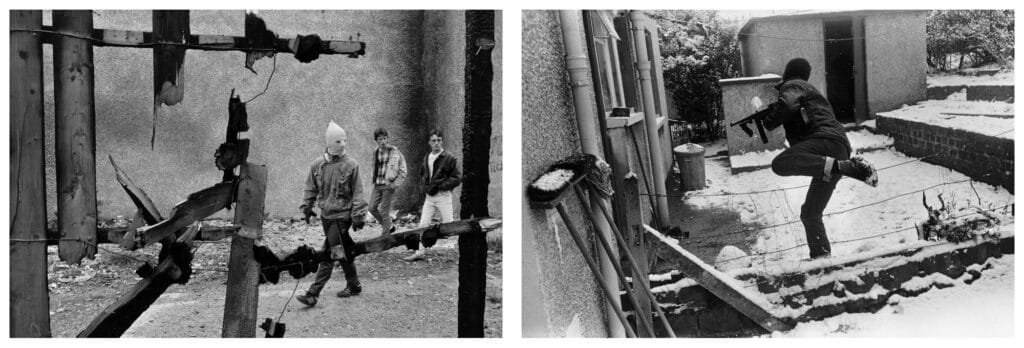
Some of the captions detail the key days/chapters. This is the first chapter
Chapter 1 – The First Day
A day where you understand nothing
A day that can last a week, a month, a year, ten years…
A day that repeats itself, all of a sudden
A day where you are cold and alone, where you look at people from a distance
And they look at you with malodorous, wet suspicion
A brutal day for no reason, with alien children
Noise of riots, kids running suddenly in the street and you don’t know why
Midtown, a panic, later to be understood as a bomb scare
The four seasons in one day, you can understand nothing
Night falls, and fire burns, far away
Doors stay closed, people look at you from behind the crack of the curtains
The pubs’ warmth seems far away
Dark rooms, heavy breathing, and hard blows
Someone gets beaten up, tarred and feathered – married
Kids get shot with plastic bullets
Lundy burns in effigy
Women with big boobs are watching.
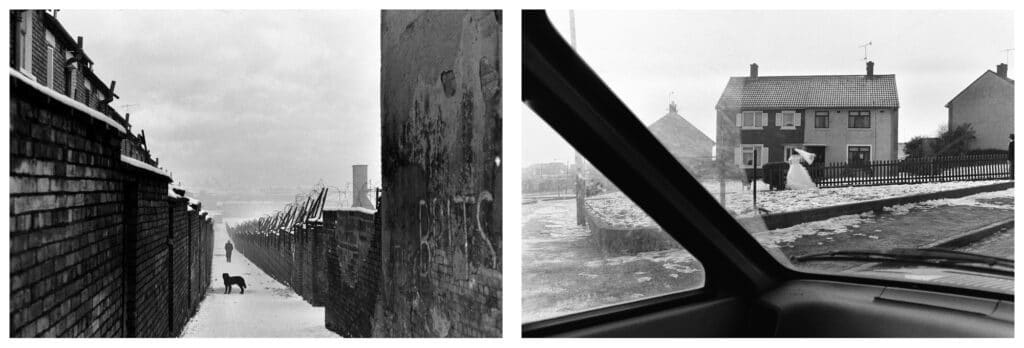
And that in brief, is what this exhibition is about, a history of violence where beatings and killings spread out over time and merge with the inertia of the everyday, the trauma of memory, histories that repeat themselves, and the lives that struggle through this all.
That idea of the interplay between different personal narratives, different time scales, different histories is something common to all the artists on display in this year’s prize. Any one of them win it. But I think it will be Peress, or Samoylova, or Lawson, or Ractliffe. Because nothing is ever simple, especially choosing the winner of a prize like this.
The Deutsche Börse Photography Foundation Prize 2022 exhibition will be on display at The Photographers’ Gallery, London until 12 June 2022, with the winner announced on 12 May 2022.
More details here.
